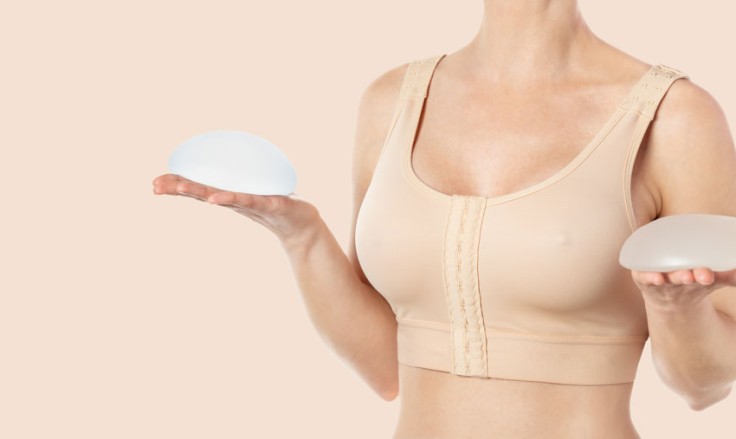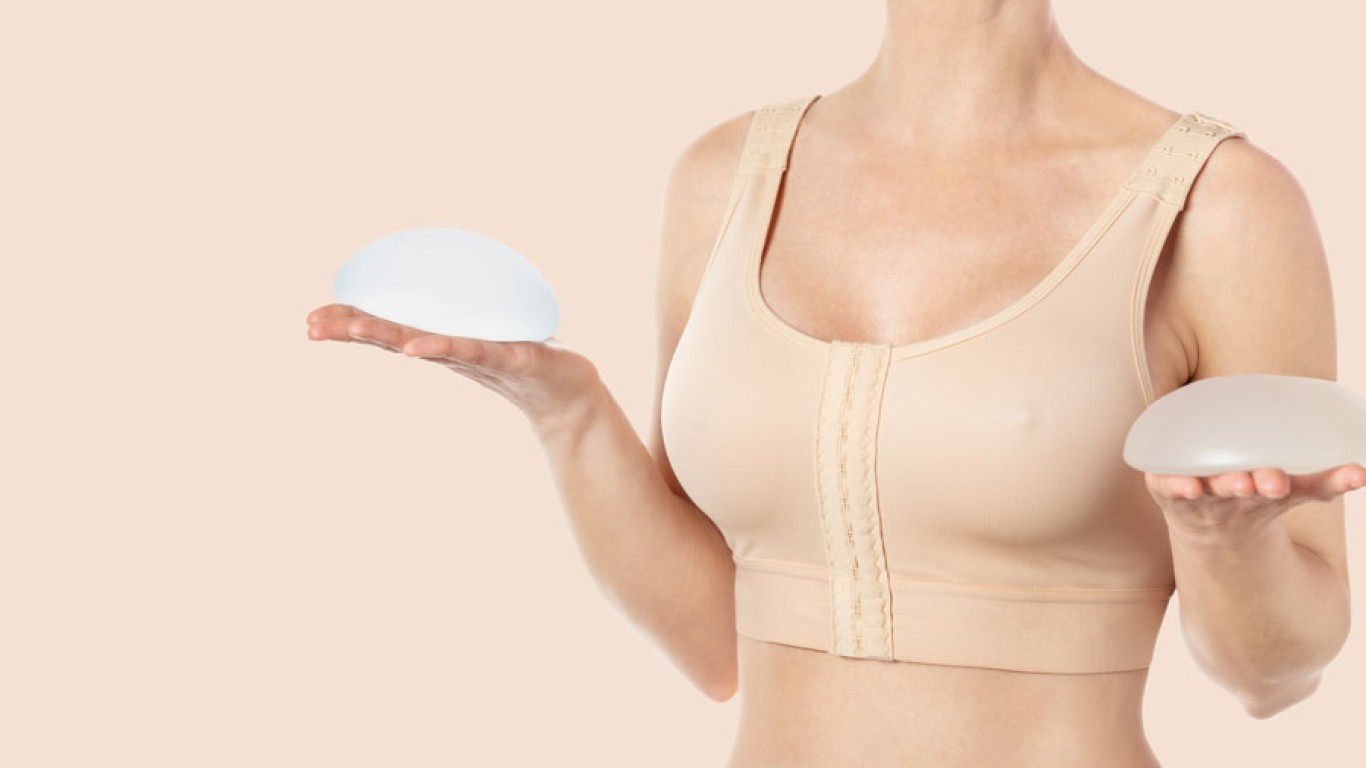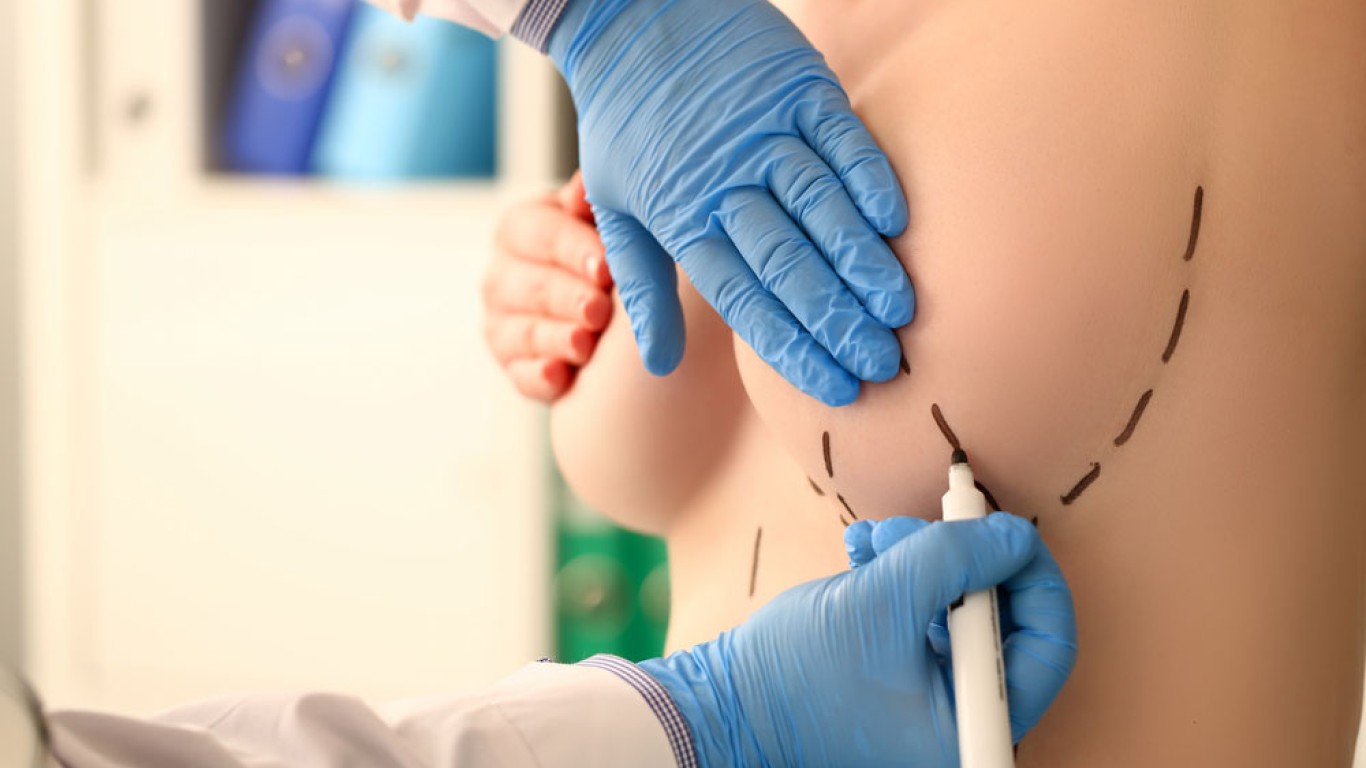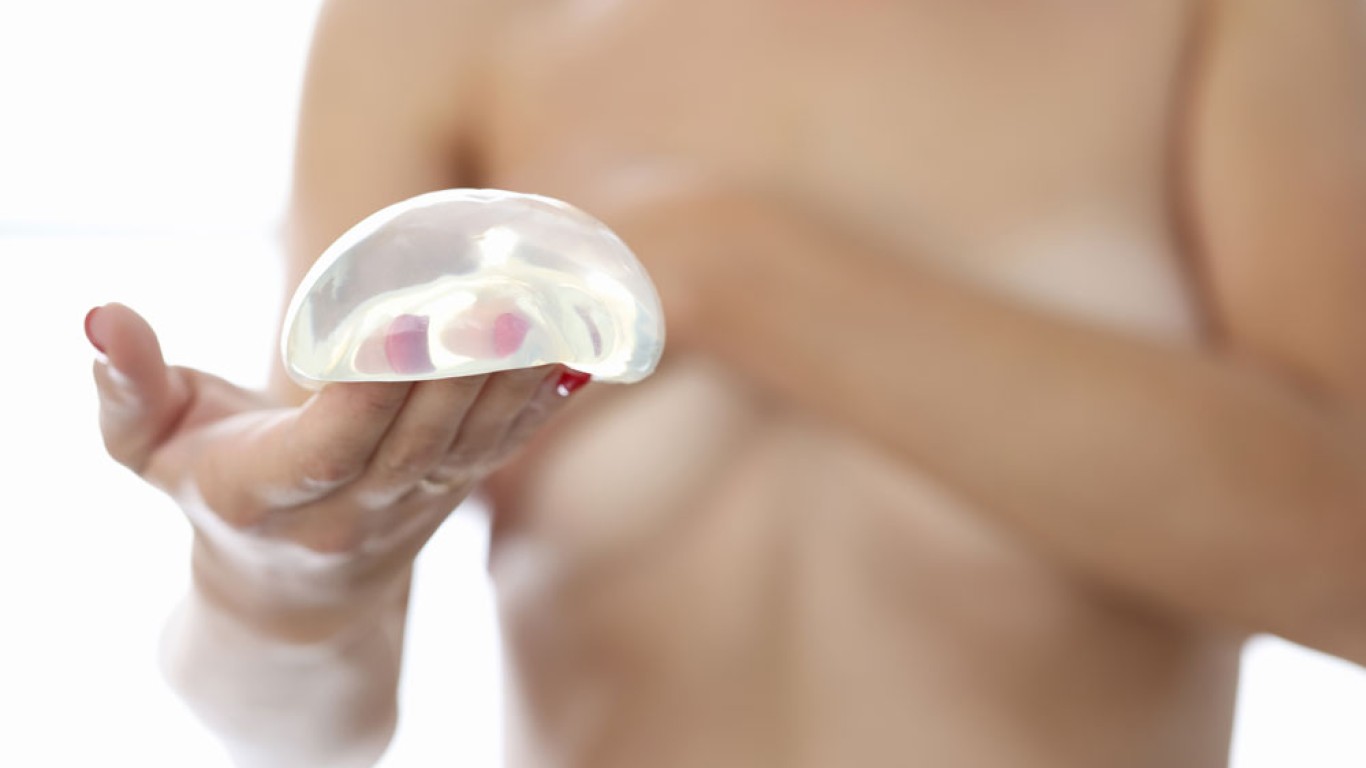When considering breast implants, many patients ask one crucial question. How long do they last? While modern breast implants are designed to be durable, they are not permanent. Understanding breast implant longevity can help you prepare for long-term outcomes and plan any future procedures confidently. Materials, placement, personal habits and body changes. These can all affect how long your implants last. In this guide, we explain everything you need to know about the expected lifespan of breast implants and when to consider replacement.
What Is the Average Lifespan of a Breast Implant?
On average, a breast implant lasts between 10 to 15 years. However, many patients keep their implants for longer without problems. Some may require replacement sooner due to personal changes or preferences. Manufacturers do not market implants as lifetime devices. Even so, advancements in materials and techniques have significantly improved longevity. Accordingly, modern implants now last longer than those used several decades ago. 10 to 15 years is considered standard. However, your implants may last 20 years or more with no issues.
What Factors Influence Breast Implant Longevity?
Several factors can affect how long your breast implants last. Firstly, the type of implant matters. Silicone implants tend to be more durable than saline ones. However, both have improved over the years. Secondly, placement plays a role. Implants placed under the muscle may experience less wear and last longer than those placed over it. Additionally, the surgical technique used can influence durability. Other factors include lifestyle, weight fluctuations, and whether you experience pregnancy. Furthermore, trauma or intense physical activity could also affect implant stability over time.
Do Breast Implants Need to Be Replaced Automatically?
Not necessarily. Many people believe implants must be replaced every 10 years, but this is a misconception. Are your breast implants intact? Are you happy with how they look and feel? In these cases, there may be no need for replacement. Instead, surgeons often follow a “if it’s not broken, don’t fix it” approach. However, routine check-ups are still recommended to ensure everything remains stable. Additionally, an MRI or ultrasound may be advised to monitor silicone implant condition.
What Are Signs That Breast Implants May Need Replacement?
While breast implants can last many years, certain signs may indicate it’s time for a review.
These include:
- Noticeable changes in breast shape or size
- Hardening or unevenness
- Discomfort or pain
- Deflation (for saline implants)
- Rippling or visible movement
Additionally, some patients choose to replace implants for cosmetic reasons. For example, you might want to change the size, shape, or switch to a newer implant type.
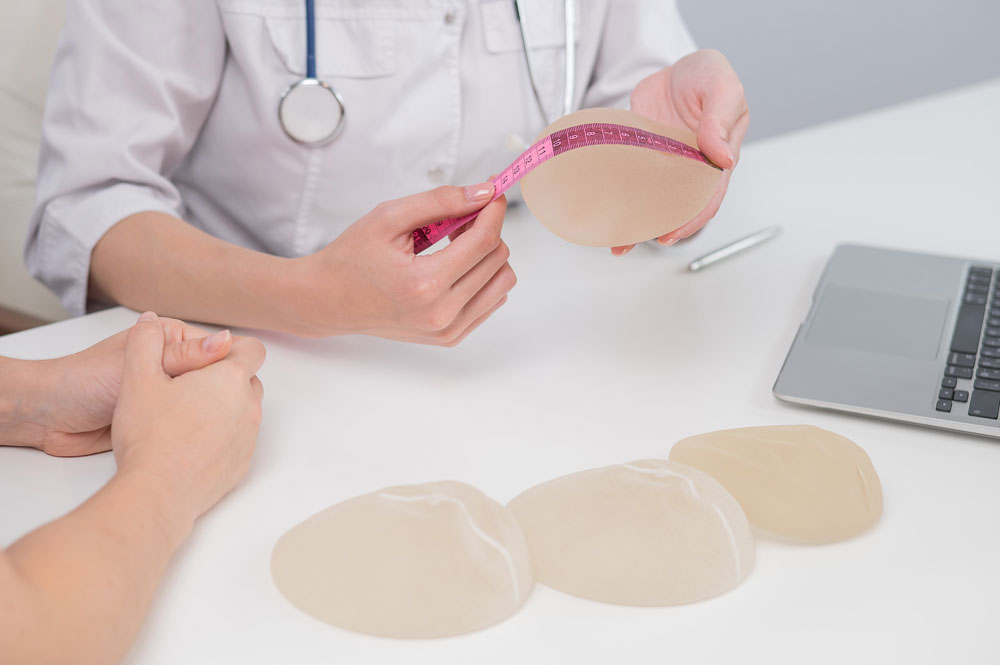
How Do Silicone and Saline Implants Compare Over Time?
Both implant types have pros and cons when it comes to longevity. Silicone implants often feel more natural and have lower rupture rates. However, when they do rupture, it can go unnoticed without imaging. This is a phenomenon known as “silent rupture.” Saline implants, on the other hand, deflate visibly if ruptured. This makes it easy to detect, although they may not always last as long as silicone options. Both types offer high safety and quality standards and are built to last many years.
How Often Should You Check Your Breast Implants?
It’s wise to schedule routine follow-ups with your surgeon. For silicone implants, the FDA suggests imaging every 5-6 years to detect silent ruptures. Ultrasound and MRI scans are effective for this purpose. Regular self-checks also help. Be aware of any changes in shape, size, or feel. If anything feels different or uncomfortable, speak with your specialist straightaway. Even if your implants feel fine, monitoring them helps ensure they stay that way for years to come.
Can You Extend the Life of Breast Implants?
Yes, there are ways to help extend the life of your breast implants. Firstly, choose an experienced surgeon with a proven track record. Proper placement and surgical technique greatly influence longevity. Secondly, follow all post-operative guidelines closely. Wearing support bras, attending check-ups, and avoiding trauma to the chest area are essential. Also, maintaining a stable weight helps prevent stress on the implant area. Large weight fluctuations may affect breast tissue and implant position.
What Happens During Breast Implant Replacement?
If your implants need replacing, the procedure is usually straightforward. The surgeon removes the old implants and places new ones. They may also adjust the implant pocket or perform a breast lift, if needed. Recovery is similar to your original surgery, although often quicker. Patients generally resume regular activities within days and experience full recovery in several weeks. This procedure allows you to refresh or adjust your aesthetic preferences while ensuring long-term satisfaction.
Should You Consider Implant Removal Instead?
In some cases, patients opt to remove their breast implants without replacing them. This is known as explant surgery. Reasons include personal preference, lifestyle change, or body image evolution over time. If your natural breast tissue has changed, your surgeon might recommend a breast lift. Whether you replace or remove, it’s all about what suits your goals and comfort.
Is Breast Implant Longevity Different in Turkey?
Breast implant surgery in Turkey follows international standards using FDA-approved implants. The longevity of breast implants remains the same regardless of where the surgery occurs. You should ensure that you choose a certified clinic and experienced surgeon. Additionally, clinics in Turkey often offer comprehensive aftercare packages, which support long-term results. Many patients travel for surgery and continue their check-ups locally with their GP or specialist.
Conclusion
Breast implants are durable and designed to last. Many patients enjoy results for over a decade. While most implants are replaced after 10-15 years, some last much longer without issue. It’s important to attend regular check-ups, watch for changes, and follow medical advice. Whether you’re considering your first implants or wondering when to replace them, knowledge empowers you to make the right choice. Ultimately, implant longevity depends on personal habits, lifestyle, and the care you receive. Choose a skilled surgeon, follow proper aftercare, and you’ll enjoy long-term results that align with your body and goals.
For more information and to book a consultation visit the ACIBADEM Beauty Center Breast Augmentation webpage.
Frequently Asked Questions
Saline implants deflate visibly. Silicone implants may need MRI or ultrasound to detect rupture.
Replacement surgery is generally less painful than the initial surgery and recovery is usually quicker.
Some can last over 20 years, but most are replaced after 10 to 15 years.
Regular checks start at year five for silicone implants and continue every two years.
Yes, many patients change from saline to silicone or vice versa during replacement.
